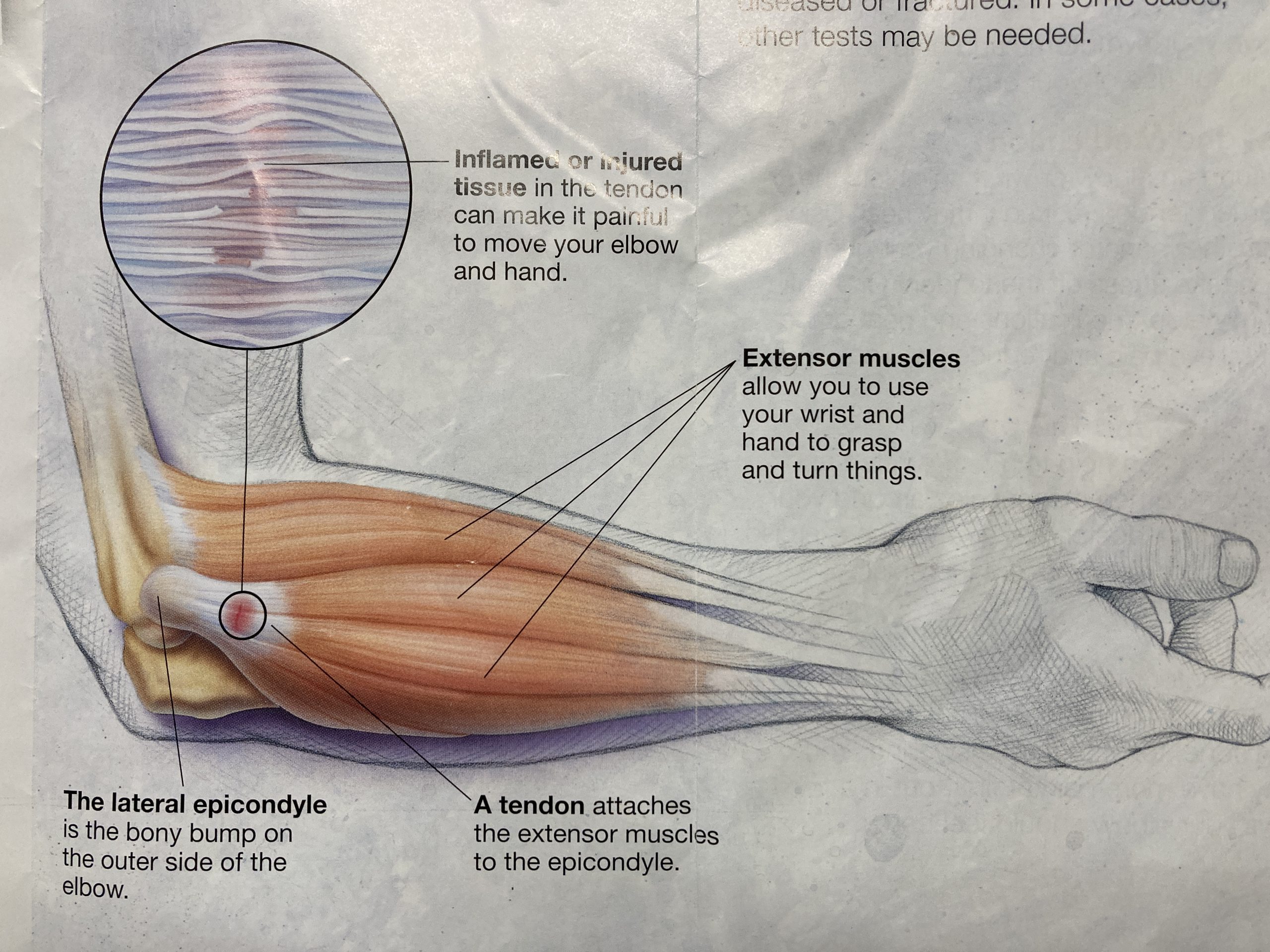Taking the low road
No, this has nothing to do with principles and morals and everything to do with string tension, especially if you’re considering polyester strings for the first time.
When these strings first gained popularity in the United States, we were seeing manufacturers recommending a reduction in tension by 10%. Knowing the strings were void of any measurable elongation (stretch) at impact, the general consensus seemed to be that a 10% reduction in reference tension would be adequate. Jump ahead a few years and you can clearly see that this idea was way off the mark. Remember, this was a time prior to the “soft” poly’s that we’re seeing in the marketplace these days. Now there are so many choices out there that you really need a qualified technician to help you understand what has become a very complex subject.
Back to the original point of this post. So, is 10% enough? Actually no. Consider this. Let’s say you’re switching from a soft nylon string to a more traditional poly that’s very stiff. You were previously stringing your 105 sq in racquet at 60 lbs so now what? If you followed the original recommendations from back in the day you would lower the tension to 54 lbs (10% of 60 = 6 lbs) but would that be enough? You might be surprised to hear that I think this may be one place you can start BUT, I doubt seriously that it’s going to be where you finally settle. What would you say if I told you that a 30% reduction might be a better place to start so instead of 54 lbs, you should consider reducing by 30% or a full 18 lbs down to a final tension of 42? That’s right. 42, not 54. Surprised? I’m sure you are but not as much as you will be once you hit with that full poly string job at 42 lbs.

My approach here can save you a lot of time and frustration because that 30% reduction is going to actually give you a better playing racquet than one with a 10% reduction. If you feel, after hitting with that racquet for no less than 4-6 hours, that the tension is too low, you can now start ramping up from there. This allows an approach that will protect your body and keep you injury free. It’s important to understand that arm and shoulder problems don’t happen overnight. It takes months for these things to manifest and here’s the real kicker. Once you start to feel the pain it’s too late. Your body is reacting to repeated abuse from all those hours you’ve been on the court hitting with a racquet strung with a stiff string at a tension that is far too high. Now you’re faced with putting the racquet down for several weeks (perhaps months) while you undergo some serious rehab. Forget going back to your stringer and asking them to fix the problem. There’s nothing they can do for you plus, you must realize that that stringer was the one who was partially responsible for what’s happened to you in the first place. This is exactly why I mentioned above that when making a switch to a stiffer string you should seek the guidance of a qualified racquet technician. There is a distinct difference between a qualified racquet technician and someone who just puts string in a racquet. Knowing how to install the string is one thing but understanding the differences from one string to another and what tensions should be used in a specific application is one good example of what separates a racquet stringer from a professional racquet technician.
IART members belong to our organization because they care about their craft and they strive to be the very best they can be. Besides investing in themselves via training symposiums and other means, they have access to our comprehensive string data base and this allows them to actually see how stiff one string is in comparison to another. They can look up the string you want to try and see how soft it is and from there, they can best determine what reference tension to use for your racquet.
To find a qualified IART member in your area go HERE and sort the State/Province field to locate the technician closest to you.


Leave a Reply
You must be logged in to post a comment.